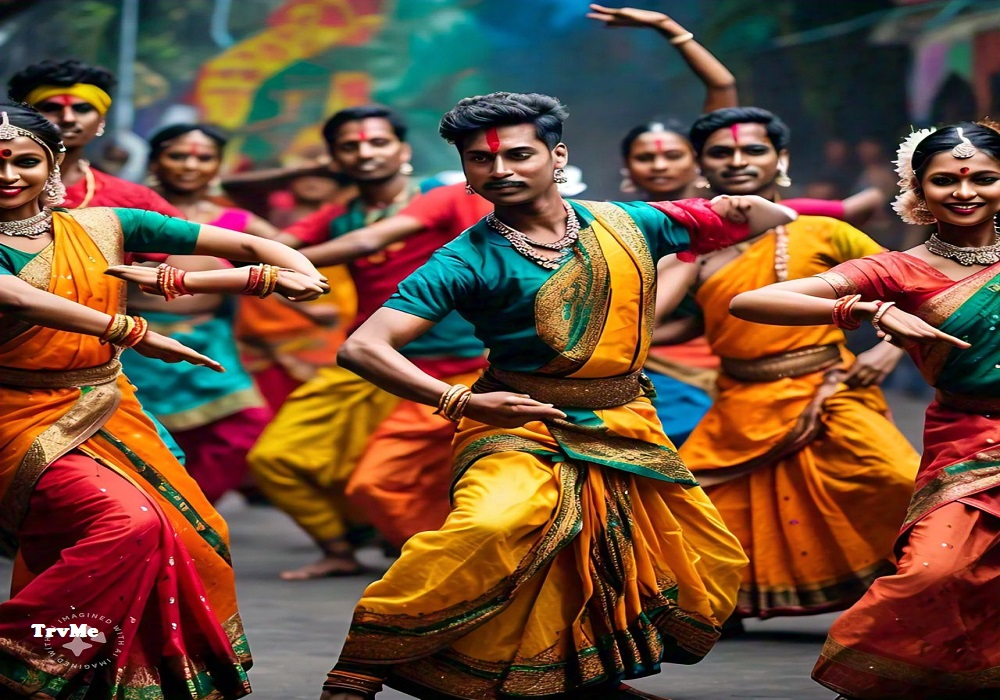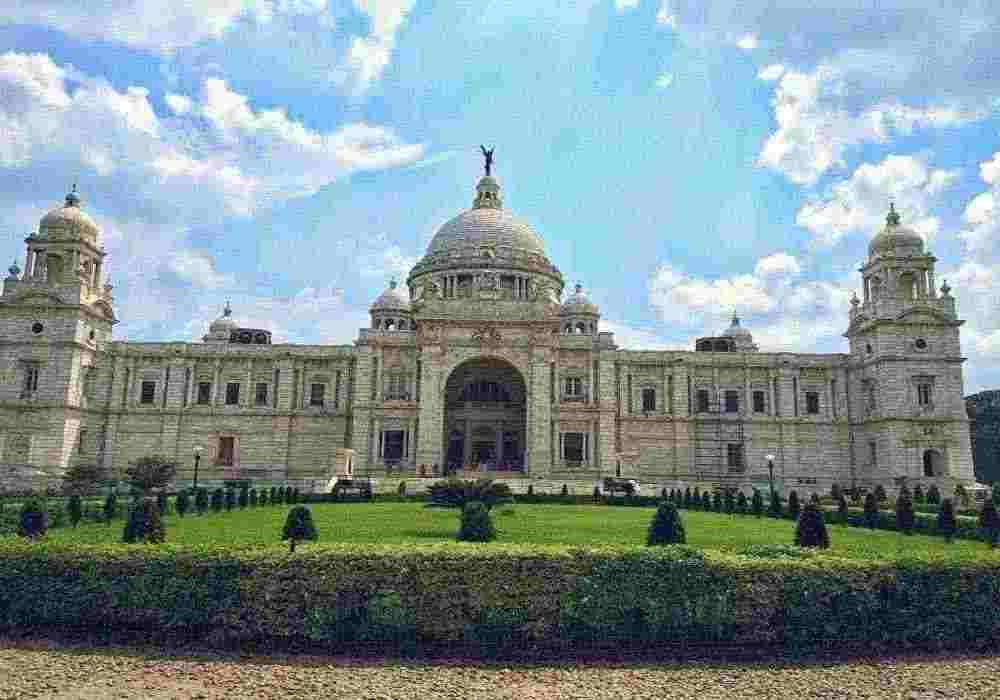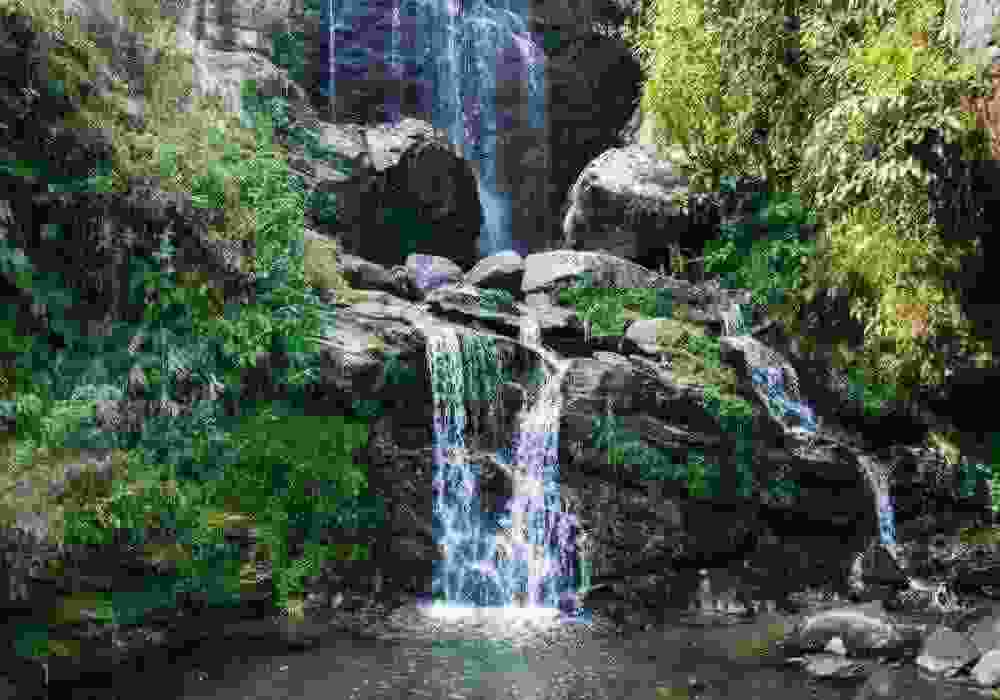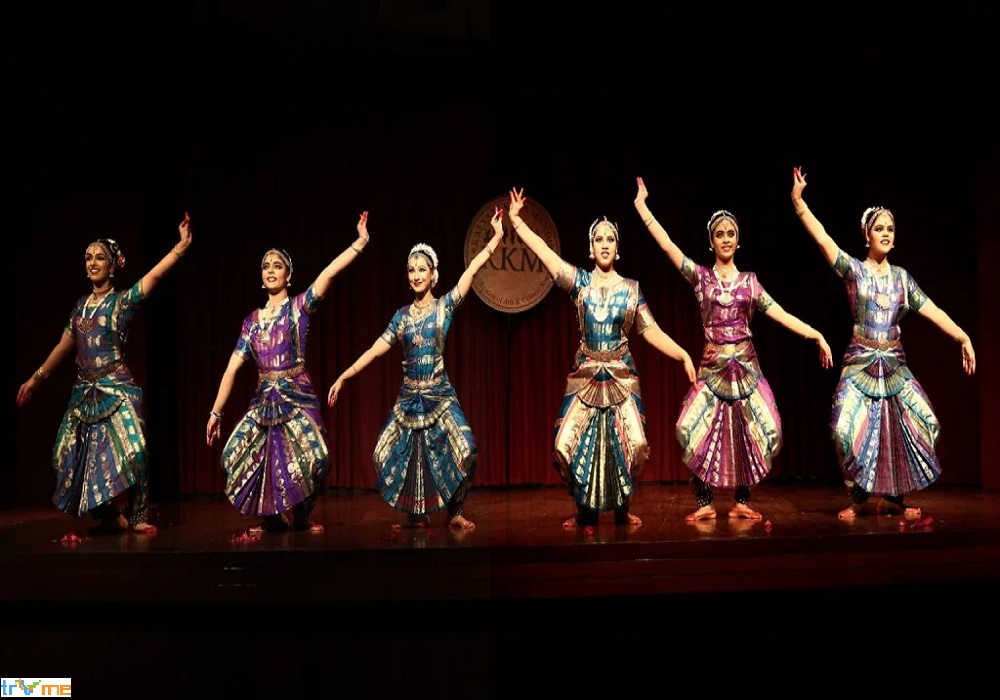West Bengal Dance Troupe Provider

Published: 22 Jul 2024 • Last Updated: 22 Jul 2024
West Bengal Dance Troupe
West Bengal, a state in eastern India, is known for its rich cultural heritage, which is deeply embedded in its traditional dance forms. The state boasts a vibrant array of classical, folk, and tribal dances, each reflecting the diverse cultural tapestry of the region. These dances are an integral part of West Bengal's cultural identity and are performed on various occasions, often with specific dress codes and props that enhance their visual appeal. For anyone interested in experiencing the magic of these dance forms, several West Bengal Dance Troupe providers, dance group providers, and West Bengal dance institutes offer training and performances that bring these traditions to life.
Classical Dance Forms of West Bengal
1. Bharatanatyam
Occasion: Bharatanatyam is performed during temple festivals, cultural events, and dance festivals.
Dress Code: Dancers wear vibrant silk sarees with rich borders, stitched into a pleated costume. The attire is complemented with traditional jewelry, including headpieces, earrings, necklaces, bangles, and waistbands.
Props: This dance form often uses intricate hand gestures (mudras), and facial expressions are essential to convey the story.
2. Kathak
Occasion: Kathak performances are common in cultural festivals, dance recitals, and religious ceremonies.
Dress Code: Female dancers wear lehengas (long skirts) with cholis (blouses) and dupattas (scarves), while male dancers typically wear kurta-pajamas. The attire is often adorned with intricate embroidery.
Props: Ghungroos (ankle bells) are essential for the rhythmic footwork that characterizes Kathak.
Folk Dance Forms of West Bengal
1. Baul Dance
Occasion: Baul dance is performed during Baul festivals, rural fairs, and community gatherings.
Dress Code: Baul dancers wear simple, colorful robes, often in orange or saffron, symbolizing renunciation.
Props: The ektara (one-stringed instrument) and duggi (small hand drum) are commonly used.
2. Gambhira Dance
Occasion: Gambhira is performed during the Charak festival in the Bengali month of Chaitra (March-April).
Dress Code: Dancers wear dhotis and turbans, often accessorized with masks representing different characters.
Props: Masks and wooden sticks are used in Gambhira performances.
3. Jatra Dance
Occasion: Jatra dance is a part of Jatra theater, which is performed during festivals, especially Durga Puja and rural fairs.
Dress Code: Costumes vary depending on the characters portrayed but are typically elaborate and colorful.
Props: Props include swords, shields, and other items relevant to the play's narrative.
4. Chhau Dance
Occasion: Chhau is performed during regional festivals like Charak and during the Bengali New Year celebrations.
Dress Code: Chhau dancers wear colorful, elaborate costumes and large, expressive masks.
Props: Masks and swords are integral to Chhau, enhancing the dramatic effect.
5. Tusu Dance
Occasion: Tusu dance is associated with the Tusu festival, celebrated in January during the harvesting season.
Dress Code: Dancers wear traditional attire, often white sarees with red borders, symbolizing purity and festivity.
Props: Traditional musical instruments like dhols (drums) and flutes accompany the dance.
6. Dhali Dance
Occasion: Dhali dance is performed during religious festivals and village fairs.
Dress Code: Dancers wear dhotis and often paint their bodies with colors to add to the visual spectacle.
Props: Shields and sticks are used to depict mock combat sequences.
Tribal Dance Forms of West Bengal
1. Santhali Dance
Occasion: Santhali dance is performed during festivals like Sohrai (harvest festival), Karam (worship of the Karam tree), and marriage ceremonies.
Dress Code: Women wear traditional sarees with distinct Santhali motifs, while men wear dhotis and turbans.
Props: Musical instruments like the tumda and madal (types of drums) are used.
2. Bhadu Dance
Occasion: Bhadu dance is performed during the Bhadu festival, a harvest festival celebrated in the month of Bhadro (August-September).
Dress Code: Dancers wear colorful traditional attire, often adorned with flowers.
Props: Traditional musical instruments like dhol, kansar (bell metal), and flute accompany the dance.
3. Jhumur Dance
Occasion: Jhumur dance is performed during harvest festivals, village fairs, and community celebrations.
Dress Code: Dancers wear traditional attire, with women in sarees and men in dhotis.
Props: Instruments like the dhol, flute, and bansuri are commonly used.
Significance of Dress Codes and Props
In each of these dance forms, the dress code and props play a crucial role in enhancing the performance. The costumes are not just about aesthetics; they symbolize the cultural and religious significance of the dance. For instance:
- Colors: The choice of colors in the costumes often reflects the theme of the dance. Red and white sarees in Tusu dance symbolize purity and festivity, while the saffron robes of Baul dancers signify renunciation.
- Jewelry: Traditional jewelry worn by dancers in Bharatanatyam and Kathak highlights the opulence and grandeur of classical dance forms.
- Masks: Masks used in Chhau and Gambhira add a dramatic element, helping dancers portray different characters and emotions effectively.
- Musical Instruments: Props like ghungroos, ektara, and dhols are essential in creating the rhythmic and musical backdrop that defines these dances.
The Role of West Bengal Dance Troupe Providers
West Bengal Dance Troupe providers play a significant role in preserving and promoting these traditional dance forms. They organize performances, provide training, and participate in cultural festivals, ensuring that these dance traditions continue to thrive. Dance group providers and West Bengal dance institutes offer platforms for aspiring dancers to learn and master these art forms.
Training and Performances
West Bengal dance institutes offer comprehensive training programs in various classical, folk, and tribal dance forms. These institutes are equipped with experienced instructors who teach the intricate techniques and nuances of each dance form. Students learn not only the dance movements but also the cultural and historical context behind them.
Cultural Festivals and Events
Dance troupes and groups participate in numerous cultural festivals and events, both within West Bengal and across India. These performances are opportunities to showcase the rich dance heritage of the state and promote cultural exchange. Festivals like Durga Puja, Poush Mela, and Baisakhi witness spectacular dance performances, drawing audiences from all over.
Preservation and Innovation
While preserving traditional forms, West Bengal Dance Troupe providers also encourage innovation and contemporary interpretations. This blend of tradition and modernity helps keep the dance forms relevant and appealing to younger generations.
West Bengal's dance forms, encompassing classical, folk, and tribal traditions, are a testament to the state's rich cultural heritage. From the intricate Bharatanatyam and rhythmic Kathak to the vibrant Baul and dramatic Chhau, each dance form tells a unique story and reflects the diverse cultural tapestry of the region. The specific occasions, dress codes, and props associated with each dance add depth and context, making the performances visually and emotionally captivating.
West Bengal Dance Troupe providers, dance group providers, and West Bengal dance institutes play a crucial role in preserving and promoting these dance forms. Through training programs, cultural festivals, and innovative performances, they ensure that the rich dance traditions of West Bengal continue to thrive and inspire future generations. Whether you're a dance enthusiast or a cultural explorer, the dance forms of West Bengal offer a mesmerizing journey into the heart of India's cultural diversity.









